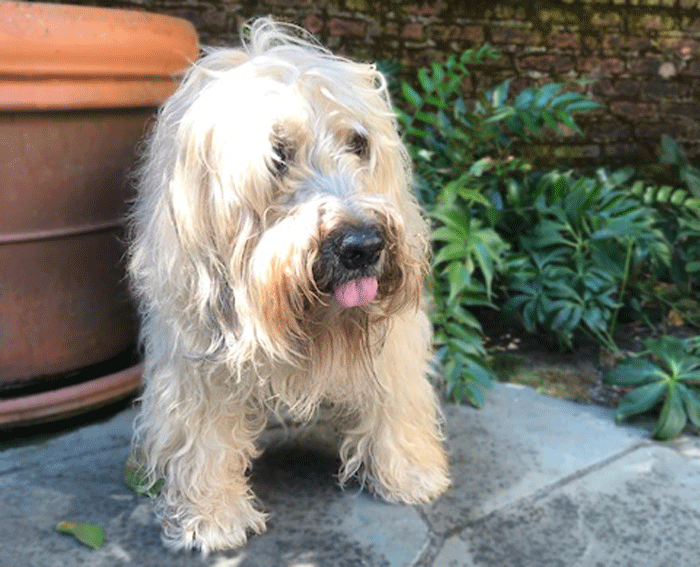Old dog. No tricks.
The aging family dog relies on a comfortable routine to manage life. Slowing down is just fine. Needs are simplified: a little less food, shorter walks, a bit of help getting into the car. Decisions about health interventions are made with the perspective of limited time left. Still, there is delight in sharing life.

Many of us are getting to be old dogs. Our joints are stiff. Our muscles ache. Our memories come back, but only after an anxious moment of forgetfulness. Our aspirations are dampened by the realities of time. The quality of each day is often highest when our comfortable routine is in place—a routine sometimes punctuated by a surprise visit, a compelling book, or a phone call that makes us proud. But the secret sauce lies in our attitude and our friendships.
Two things most often disturb this scene: anxiety (often related to financial security) and pain (related to disease or injury). Social Security and Medicare were designed to address these two destructive forces in the lives of the aging. When they are working as planned, there is enough money to pay the bills, and for the therapies needed to relieve our discomfort. But we are still left with our perspective on life, which ultimately determines our happiness.
Our dog manages us brilliantly in this regard. He waits patiently for the walks by the door, occasionally sounding off if the delay is too long (but only then). While he recognizes the meaning of the sneakers on my feet, he walks rather than trots—no matter how many times I pull on the leash. Needing to pee more often is a joy; he searches for a new spot, with all its beguiling smells. Each sniff of a bush takes a little longer, is inhaled a little deeper, and seems to be enjoyed for just a moment more.
He is indifferent to the cost of food, though much pickier than ever before. This has nothing to do with the pictures on the can or the advertisement on TV. Even the vet’s advice is ignored. He simply doesn’t eat what he doesn’t want to eat and waits until the choice is appealing. The simplest of foods seem to be the ones most enjoyed.
Limping from an ache or a stubbed paw slows him down temporarily—but many of his disabilities are left alone until they heal themselves, which most do. Only when something is terribly wrong does he seek help, signaling his distress by panting or laying still.
Friends, even new ones, enliven his spirit more than any treat. He returns to virtual puppyhood—rolling over, pawing at their faces, trying to mount even the biggest ones, running for a while in circles around them. The more the better! The target-rich zones of the beach and the park are filled with new acquaintances, foreign smells, the international language of dogs, and an exercise level that any trainer would envy.
The absence of anxiety about the future seems to make the present much more tolerable. Routine and occasional surprises sustain life. But at the end of the day, the exhaustion produced by friendship is the best therapy for all of us.
